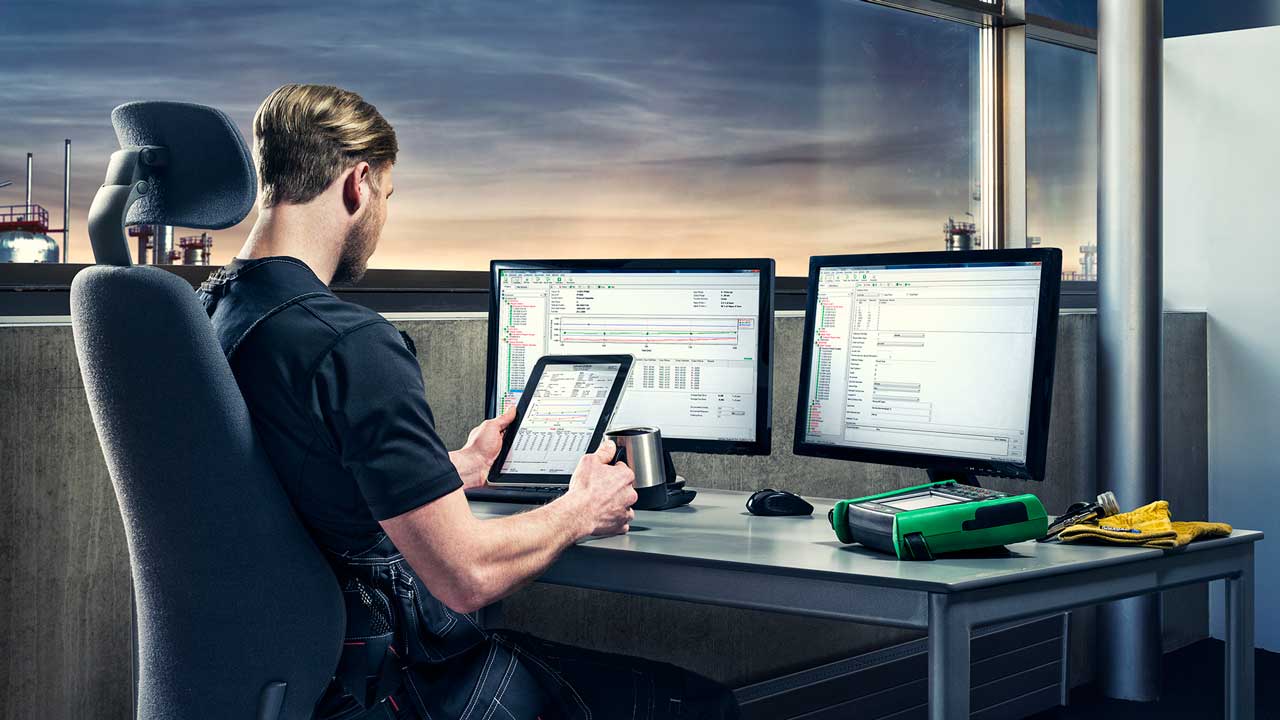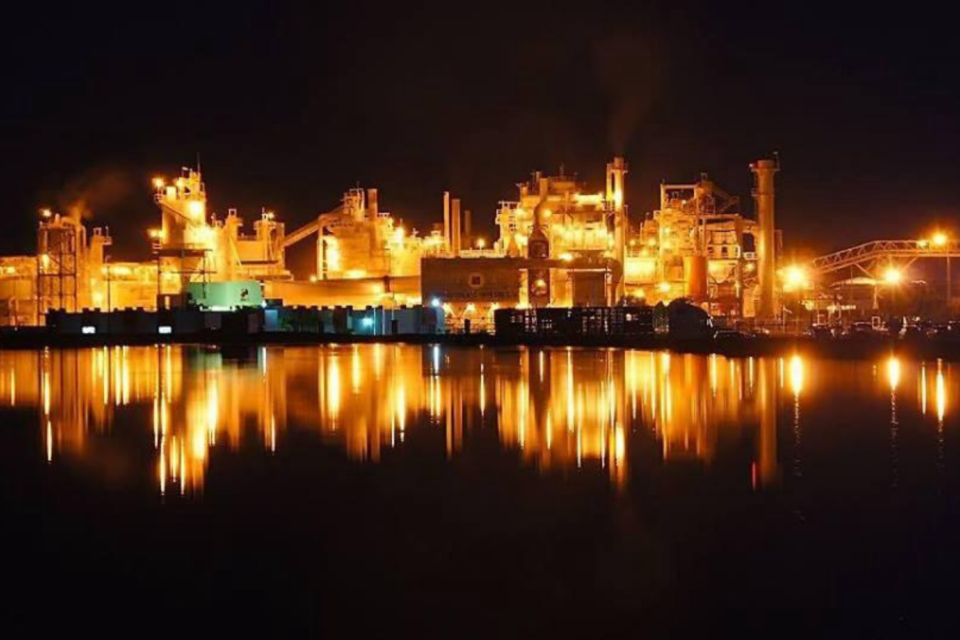Overview
In Sevilla, 2 years after its start and with an investment of over 300 million Euros, the new brewery of Heineken España S.A., is nearly completed. It is called “Jumbo” because of the magnitude of the project, which has been built at record speed in such a short time. In keeping with their beer tradition and traditional fabrication recipes, the installations have been designed with the highest levels of safety and automation. The new Heineken brewery will be the most modern and productive plant in Europe, allowing the company to remain the beer market leader in Spain.
From an environmental perspective, the new Heineken brewery has been designed to make an optimum use of natural resources. For instance, the use of heating systems based on overheated water or the cleaning systems, which reuse water, will ensure that the use of water and energy is reduced by 20%. From the point of view of automation, it should be underlined that everything communicates via fieldbuses: Ethernet, Profibus DP, Profibus PA (for process instrumentation) and AS-I for valves and actuators.
Armando Rivero Rubalcaba has been Head of Instrumentation for the Sevilla factory since 1996, in its former location, in Calle Greco, and now in the new factory.
The situation
For Heineken, the quality of the beer is the number one priority. All their plants in Spain have received ISO 9001 and ISO 14001 certifications, in addition to the BRC certificate of food safety. They must therefore ensure that all processes correspond to the planned characteristics, and the role of calibration is very important to ensure the quality and safety of the processes. The Instrumentation Department includes the Head of Instrumentation and 5 instrumentation technicians, who are responsible for all the calibrations/adjustments of the instruments. In the new factory, the Instrumentation Department calibrates, checks, adjusts the following equipment: temperature, flow, CO2 in beer, dissolved O2, level, pH, conductivity, pressure, weight, yeast consistency, density, turbidity and color.
In the old Heineken factory, the management and documentation of calibrations were carried out via a database in Access. It was designed for printing the calibration certificates of the control loops collected among the critical equipment, in keeping with the ISO 9001 and 14001 norms and to establish the annual calibration plans of these loops. This database contained the specifications of the equipment, but did not store the calibration data, and thus they had to be kept on paper in view of the audits.
For the calibrations, Heineken used printed reports from the database to note the calibration results. These results were then entered into the database to obtain the corresponding calibration reports. Consequently, the instrumentation technician did not know if the calibration was accepted before introducing the data and establishing the report.
The solution and main benefits
For the new plant, there was a need for a tool, which for instance would make the calibration work easier, stores all calibration results, show the calibration history trend and provide a quick access to calibration data.
These factors led Heineken to choose the Beamex CMX Calibration Software with the Beamex MC5 Multifunction Calibrator in the new factory (JUMBO). The whole instrumentation of the factory (instruments with analog variables) are entered into the CMX, following a codification and plant structure (TAG) according to the ISA 88 standard. Each instrument that is calibrated regularly has its calibration procedure including the initial calibration date, due date and all calibration related information. Then the various preventive maintenance plans (calibrations), which automatically generate work orders for each calibration plan are entered into the SAP PM (Plant Maintenance) management system. Once the work order is created in SAP PM, the instrumentation technician sends the equipment to calibrate from the CMX to the MC5, or the PDA if they are manual calibrations.
Once the calibrations are completed, the data is stored in CMX and electronically approved by the Head of Instrumentation. All the calibration labels are then printed and positioned on the calibrated equipment.
The combined solution of the CMX, MC5 and PDA allows for a seamless electronic flow between the calibration software and the calibrators, with the following benefits: it reduces possible errors of manual data entry, gives an automatic documentation of all data, electronic approval of calibrations, paperless management of calibration, quick access to the equipment which requires calibration, trend analysis capacity and history of calibrations as well as very precise and robust calibrator.
The main benefits obtained with this combined solution CMX, MC5 and PDA are centered around a more efficient, practical and accurate working method, with a better optimization and quality of calibrations, saving costs which results in a rapid ROI.





















